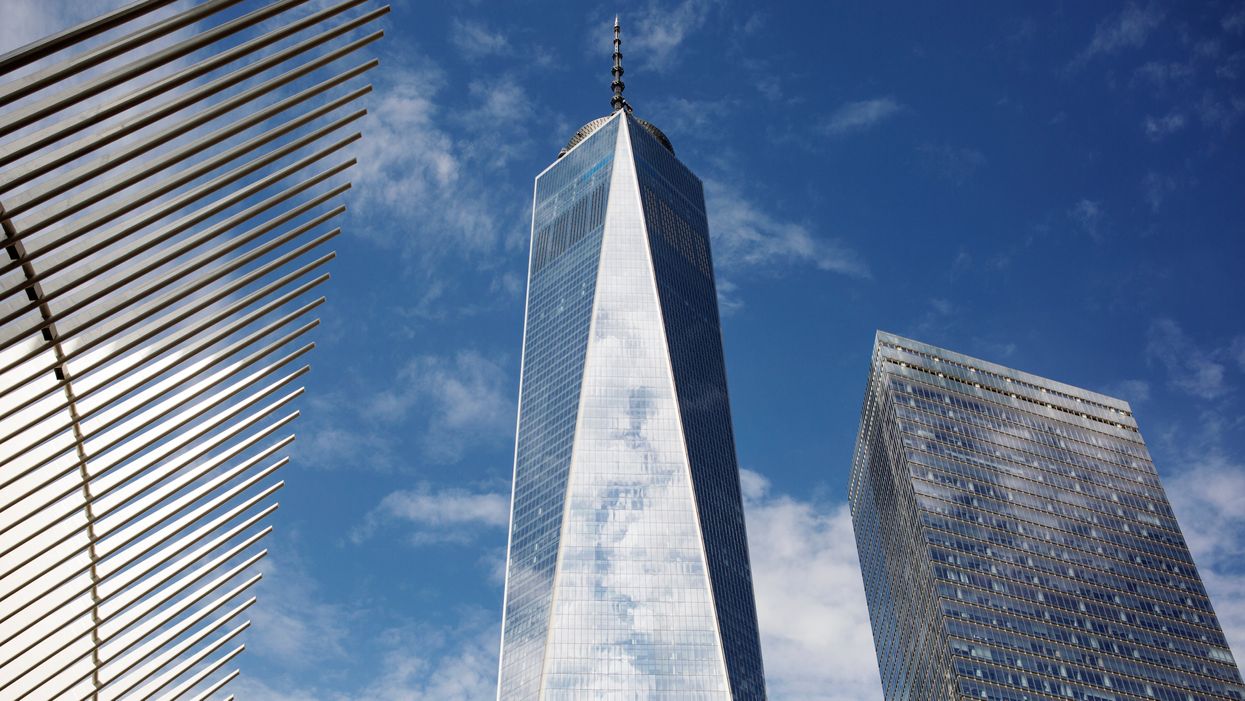Wildlife advocates are concerned for migratory birds in New York City, as nearly 300 songbirds were discovered dead after flying into the World Trade Center and the buildings around it on a single day this week.
Melissa Breyer, a volunteer bird collision monitor for New York City Audubon, found at least 291 songbirds who had fallen victim to the buildings’ reflective glass windows earlier this week — fifteen times the typical number she finds.
“I was totally shocked. It was an overwhelming thing,” she told New York Post after uncovering hundreds of casualties. Usually, she only finds 15 to 20. “I looked around and it was like a nightmare.”
Warning: Images of dead birds below
Some of the 226 dead birds I picked up this morning while window collision monitoring for @NYCAudubon. 205 from… https://t.co/WbkXIOVL8R— Melissa Breyer (@Melissa Breyer) 1631636200
Beyer took to Twitter to document the tragedy, writing: “Some of the 226 dead birds I picked up this morning while window collision monitoring for @NYCAudubon . 205 from @3NYWTC and @4WTC alone. Many others swept up, inaccessible, or too mangled to collect. 30 injured to @wildbirdfund . If you’re in NYC today, be careful where you step.”
She also took videos of disoriented birds flying into the building, captioning the footage: “I did this for 65 minutes straight doing one loop around @4WTC and @3NYWTC — most of these before sunrise. Please can we turn off lights during migration???”
When you have 226 dead window-struck migratory birds from one morning, it’s hard to get them all in one photo.… https://t.co/l2TVnKeYD1— Melissa Breyer (@Melissa Breyer) 1631638838
Sign up to our free Indy100 weekly newsletter ‘The Viral Democracy’
“When you have 226 dead window-struck migratory birds from one morning, it’s hard to get them all in one photo. @_WTCOfficial — lights can be turned off, windows can be treated. Please do something,” she wrote, tagging various New York City news stations.
In a follow-up tweet from the next day, Beyer added that, “counting the dead birds on @_WTCOfficial awnings that I couldn’t collect; add another 35, + the 30 who went to @wildbirdfund making my documented total 291 between WTC 1, 3, 4, 7. That number excludes the swept & smashed ones. I understand they continued coming thru the morning.”
Beyer and other conservations encourage the World Trade Center to turn off its lights int he evening, or “treat” the reflective glass so it’s visible to birds.
God, one of the many perks of a GND and building green infrastructure is being able to require fritted windows (vis… https://t.co/4g9qmxUfpr— lilly🪴 (@lilly🪴) 1631753473
“They can reduce night time lighting to help reduce light cause collision,” Kaitlyn Parkins, associate director of conservation and science at NYC Audubon, told The Post.“Or you can treat reflective glass so it looks solid to birds.”
In response, a representative for the World Trade Center said: “We care deeply for wild birds and protecting their habitat in the five boroughs. Understanding that artificial night-time lighting in general can attract and disorient migrating birds, we are actively encouraging our office tenants to turn off their lights at night and lower their blinds wherever possible, especially during the migratory season.”
Jordan Barowitz, a spokesman for One WTC, added that “the first 200 feet of One WTC are encased in glass fins that are non-reflective. This design was chosen because it greatly reduces bird strikes which mostly occur below 200 feet and are frequently caused by reflective glass.” Less than 30 of the deceased birds were discovered at this site, lending credence to the benefit of non-reflective fins.














